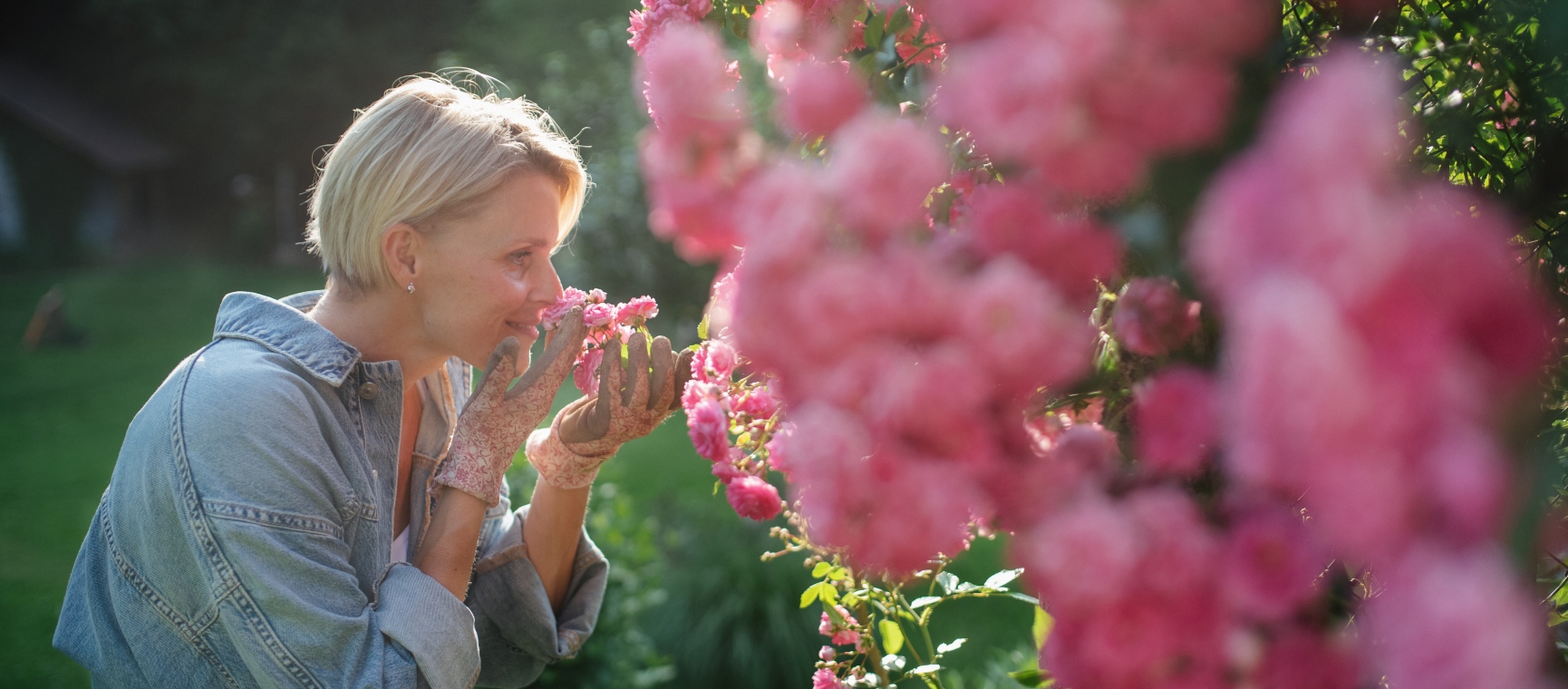
Scent is vital in any garden: it gives more sensuous pleasure than anything else and roses can provide it in variety and abundance.
Gardening expert Val Bourne recommends the best scented roses for your garden and offers pruning tips to keep your roses blooming for longer.
Many consider the most scented rose of all to be a blowsy beauty called ‘Madame Isaac Pereire’. This repeat-flowering Bourbon rose bears substantial rich-pink blooms in abundance until late into the year. She has been admired since 1881 and is often grown as a short climber. Usefully she will tolerate poorer soil and shade.
Two other repeat-flowering, extremely healthy climbers of note are the silver-pink ‘New Dawn’ and the blush-white ‘Madame Alfred Carrière’.

They are used in entirely different ways. ‘New Dawn’ is perfect spiralled round the supports of a pergola or rose arch.
Whereas ‘Madame Alfred Carrière’ is a vigorous climber and it famously spans the north-facing wall at Sissinghurst in Kent.
This blush-white noisette often flowers until Christmas. Both have good foliage and Madame Alfred can be left to scale a wall, but she can also be looped along a pergola. Train the stems in November before winter hardens them up.
David Austin’s English roses are specifically bred for scent and the deep-pink ‘Gertrude Jekyll’ and rich-yellow ‘Teasing Georgia’ are two of his finest.

This upright, repeat-flowering Rugosa rose is completely healthy. Semi-double, crimson-purple blooms top bright green foliage and round orange-red hips follow. Tolerates poor soil and partial shade, but dislikes very alkaline soil.
Sweetly scented, pale-pink flowers with incurved petals framed by grey-green foliage make this 18th-century Alba rose one of the easiest to grow.
This cool-white Damask rose, with a green-button middle, looks best in shadier places.
The fragrance is fruity, the flowers are fully quartered and it’s vigorous, but thorny. Flowers just once.
Bred by Peter Beales in 2003 this shrub rose has healthy mid-green foliage supporting loosely formed soft-pink flowers.

This light-pink David Austin English rose produces informal blooms and it’s slightly leggy habit make it ideal for a number of uses including large beds, walls, pergolas, arches and pillars.
Large medium-pink shrub rose with a lax habit bred by David Austin in 1961. Can be grown as a climber too and then the myrrh fragrance is striking.
Long-flowering Damask rose (pre-1832) with small semi-double pink flowers with a clove fragrance in summer.
Tolerant of poor soil and strong, healthy and easy.
This double, medium-pink repeat-flowering Portland rose has an old-rose fragrance and very full flowers.
The light-green foliage is also attractive.
This Gallica rose flowers once in June, but the rose-crimson flowers are stunning. Completely healthy and good on poor soil that bakes.
A dusky deep-purplish red rose with a button eye set off by green foliage.
One of the best of the old shrub roses with a light, sweet fragrance.

Prune shrub roses in the second half of winter. Remove the three Ds – the diseased, damaged and dead.
Reduce the longer main stems by between one third and a half and take out any weak stems and any that cross.
Deadhead repeat-flowering roses to promote more flowers – unless you want hips.

Hedging roses can be bought from some rose growers and are they are often planted as bare-root plants during the dormant season between November and early March. The ground must be frost-free. Trim up into shape in late winter.
Repeat-flowering pink English rose bred by David Austin in 2004. Exceptionally fragrant and a very useful short edge.
Rugosa-like single pink flowers, but no hips to follow, on this David Austin rose bred for healthy vigour. Very fresh and very English.
Continually in flower between July and late autumn, the Hybrid Musk rose Buff Beauty has soft apricot flowers and healthy coppery leaves. The scent is intoxicating.
Another Hybrid Musk rose, but this one has small, light-pink flowers that appear from darker pink buds. Healthy and free flowering from July onwards.
A cream-white hybrid musk rose with apricot tints made more lovely by dark foliage – a strong clove scent.

Soft apricot-buff tea rose, very vigorous and very healthy once established. A scented show stopper.
Lemon-scented yellow climber named at the express wish of the late Queen Mother and grown at Clarence House since 2000.
Vigorous and strong with old-fashioned buttoned flowers.
Flowers just once early in the rose season, but the pale-pink slightly nodding roses have a veined, deeper back to the petals and the superb foliage is glossy and healthy.
Small orange pear-shaped hips follow.
Very free-flowering with flat flowers in a deep-pink that pales to towards the edges. The strong scent is always noticeable. Needs a warm position.
Climbing roses need supports – either a trellis or wires. First remove dead, diseased or dying branches. Tie in any new shoots needed to fill supports.
Prune any flowered side shoots back by two thirds of their length. If the plant is heavily congested, cut out any really old branches from the base to promote new growth.
Read this guide to understanding the difference between climbing and rambling roses.

Floribundas and hybrid teas tend to be scented but here are some of the best.
Large rich-red flowers – Rose of the Year 1979.
Large, orange-pink flowers.
Bright-yellow.

Clusters of light-pink flowers.
Rich-yellow flowers – Rose of the Year 2009.
Warm-white floribunda – highly scented.
Large, full flowers in a warm yellow set against bronzed foliage. Rose of the Year 1984.
These are basically pruned in the same way with one important difference. Floribunda stems should be left longer (roughly 10–12 inches/30 cm) than hybrid teas which are taken down to between 4 and 6 inches (10–15 cm). Cut out dead, diseased and any rubbing and crossing stems to keep the centre open.
To prune, shorten back the strongest remaining shoots to four to six buds 10–15cm (4–6in) from the base – to the point where last year’s growth began.
Shorten back less vigorous shoots to two to four buds 5–10cm (2–4in) from the base.
Cut back the strongest shoots down to within 25–30 cm (10–12in) of soil level. Prune back less vigorous shoots more severely.
Val Bourne is a gardening expert and journalist who writes for The Daily Telegraph, Saga Magazine and many others. Val has been awarded the Garden Media Journalist of the Year and Columnist of the Year.
She is also the author of many books, including The Living Jigsaw, The Ten-Minute Gardener. Val also judges the perennial and dahlia trials at RHS Wisley.
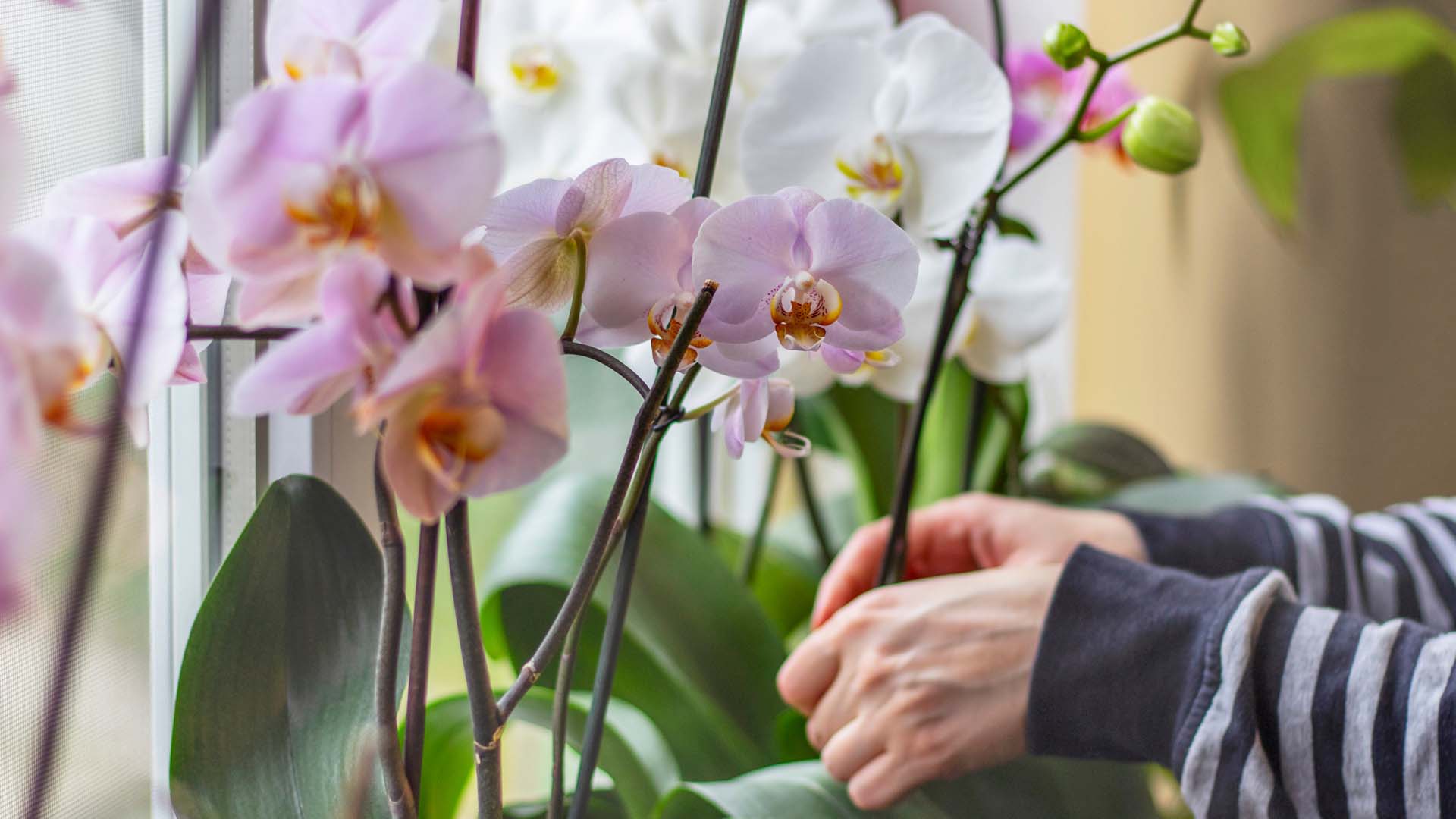
Our expert pruning and watering hacks include a top tip to keep them flowering from Alan Titchmarsh.
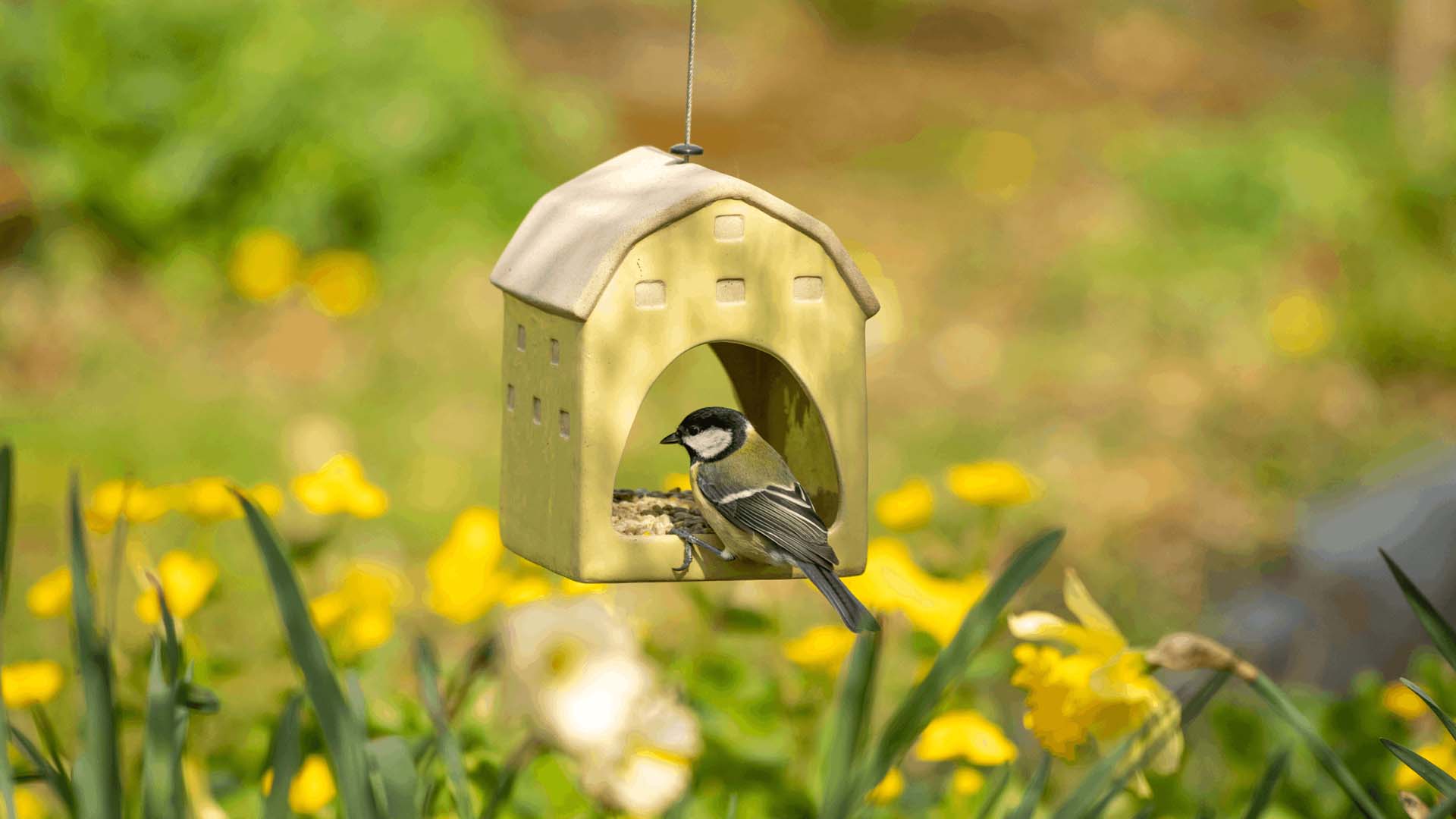
Don’t make these bird-feeding mistakes. Expert advice on how to feed birds in your garden safely.
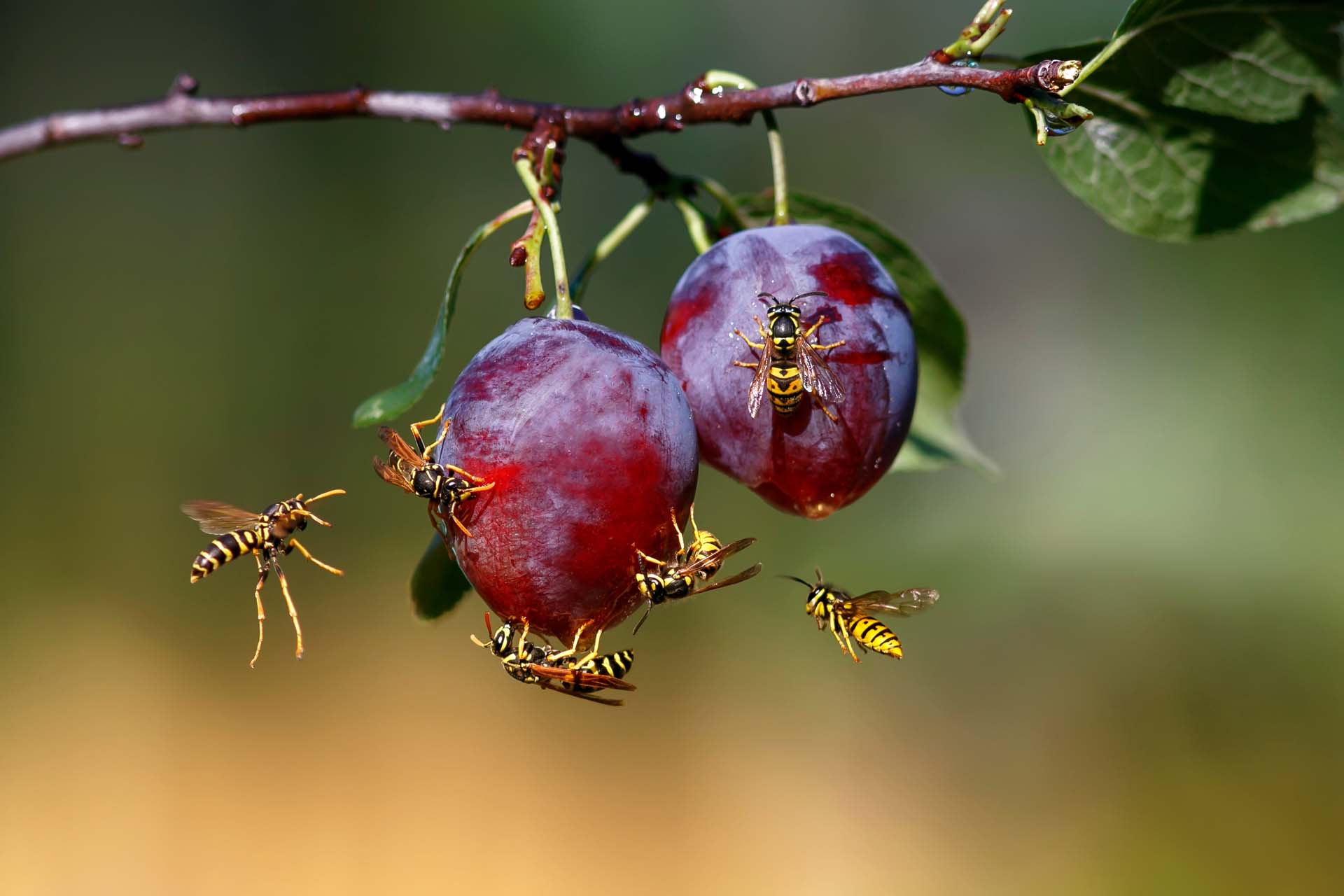
Blighted by buzzing? How to keep wasps out of your garden without harming them so you can enjoy the summer.
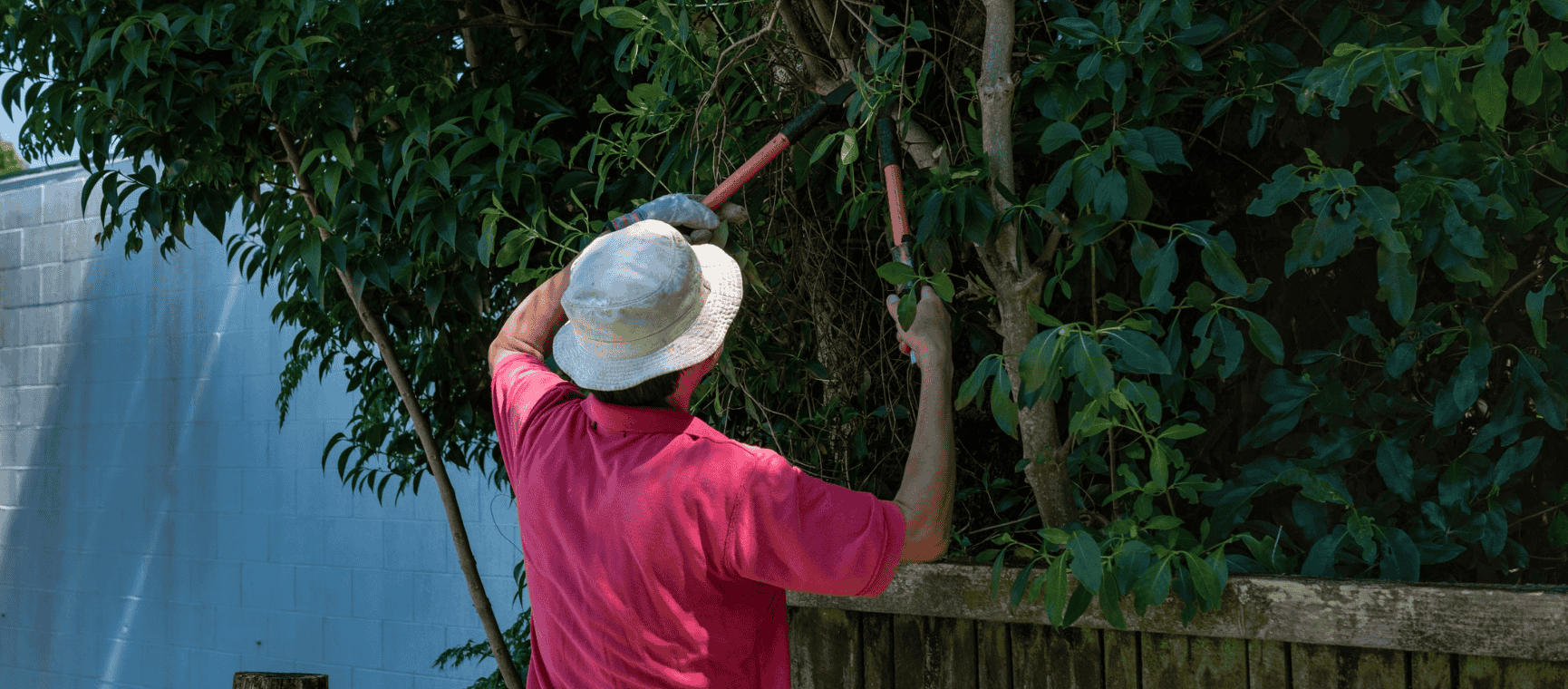
The ways you could be breaking the law in your back garden - with expert advice on how to avoid neighbour disputes, a fine or even a prosecution.
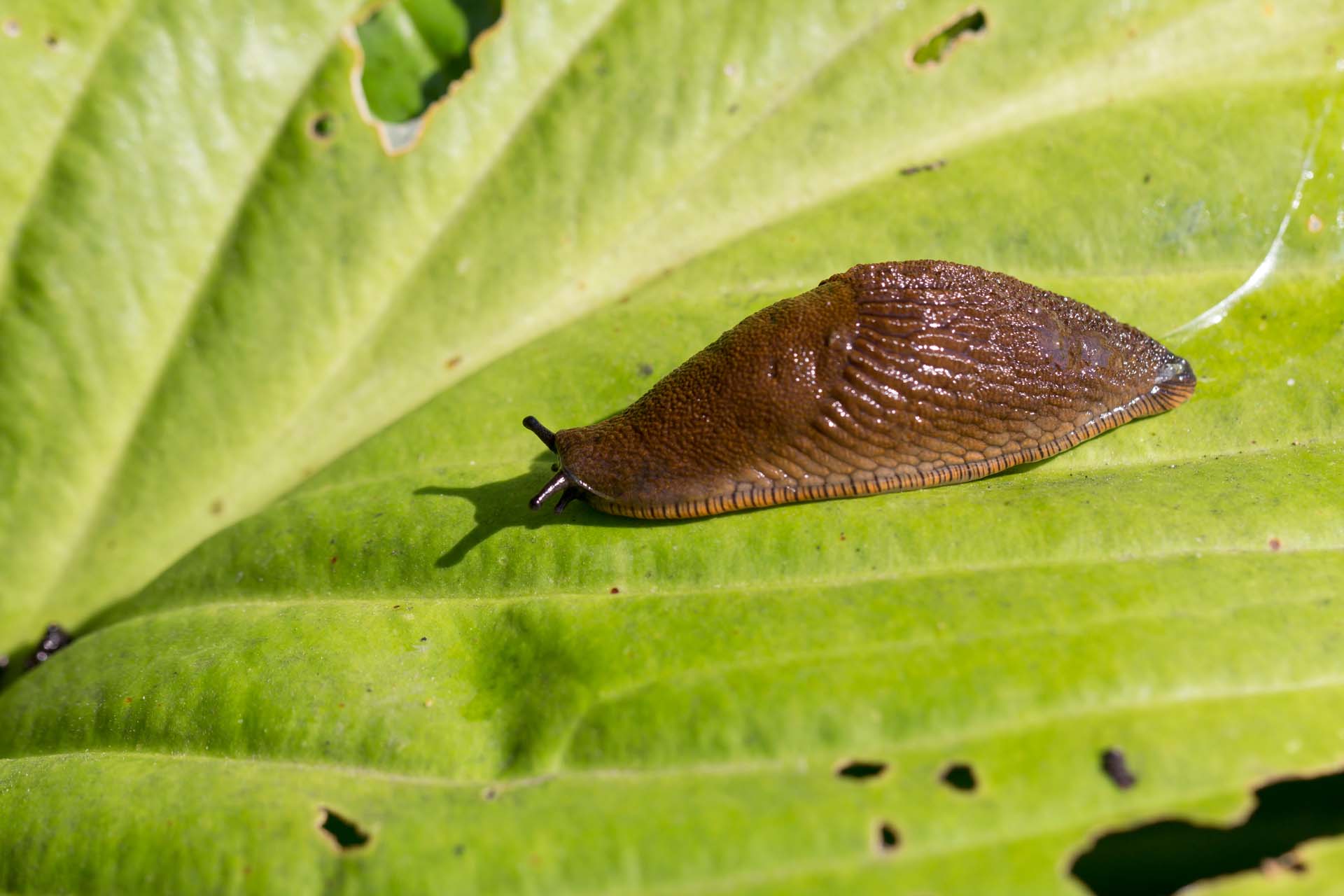
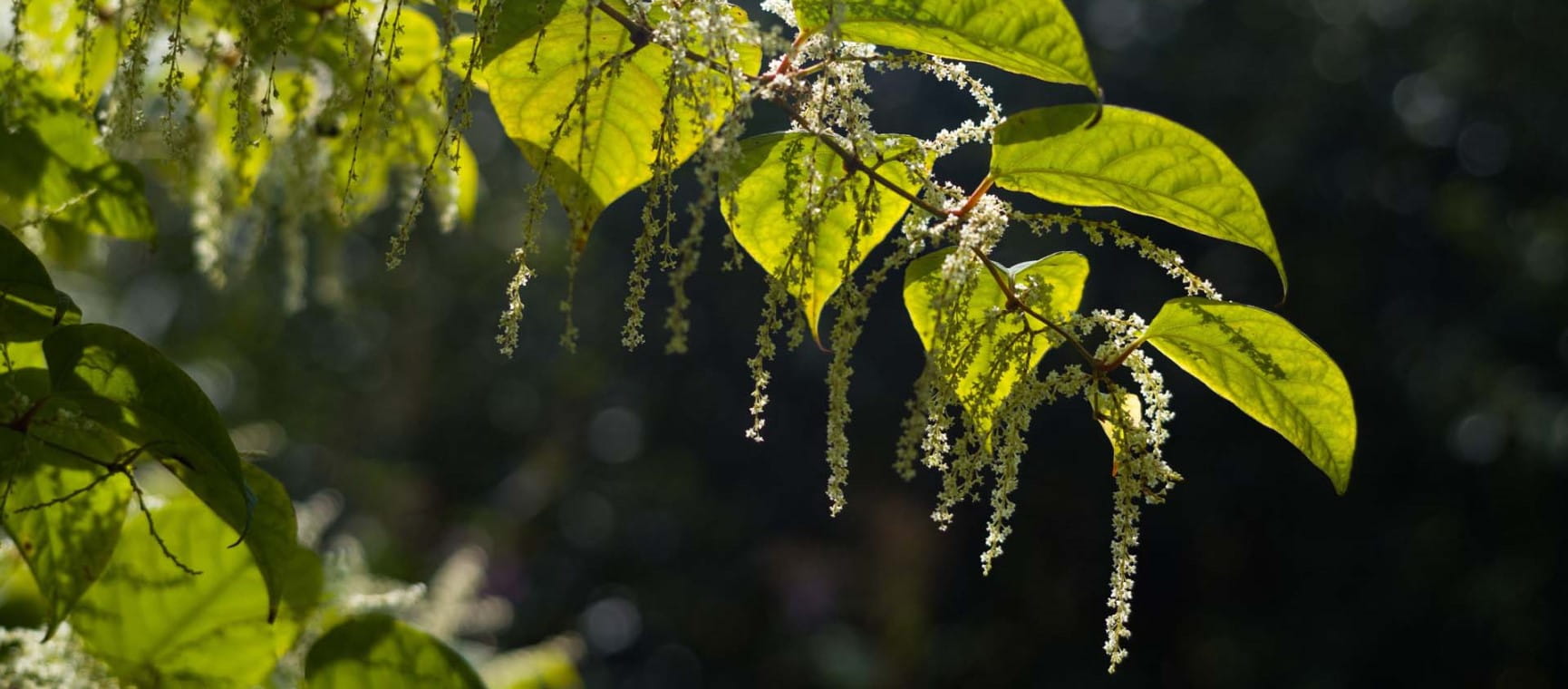
Everything you need to know about Japanese knotweed, the fast-growing plant nobody wants in their garden.